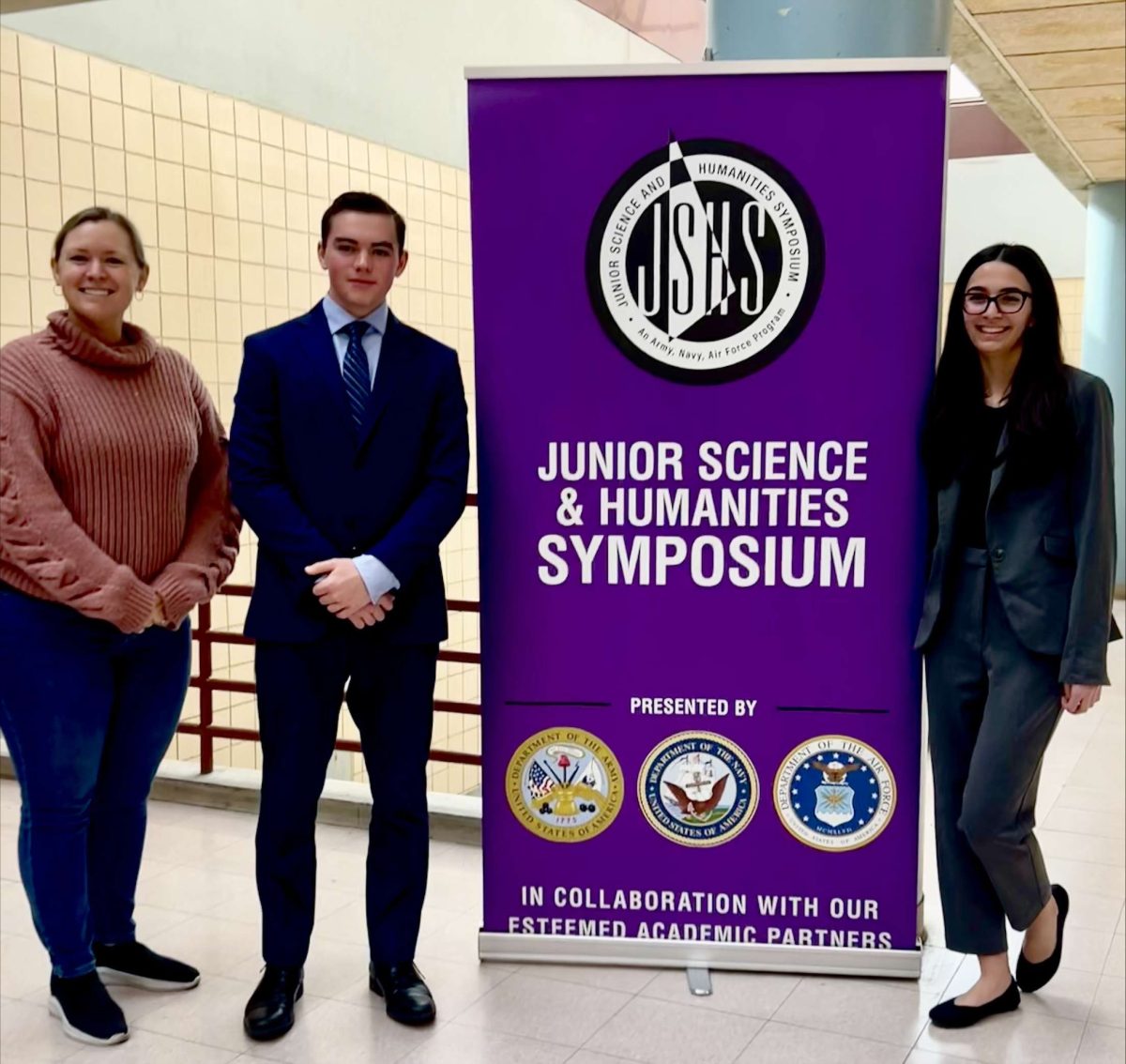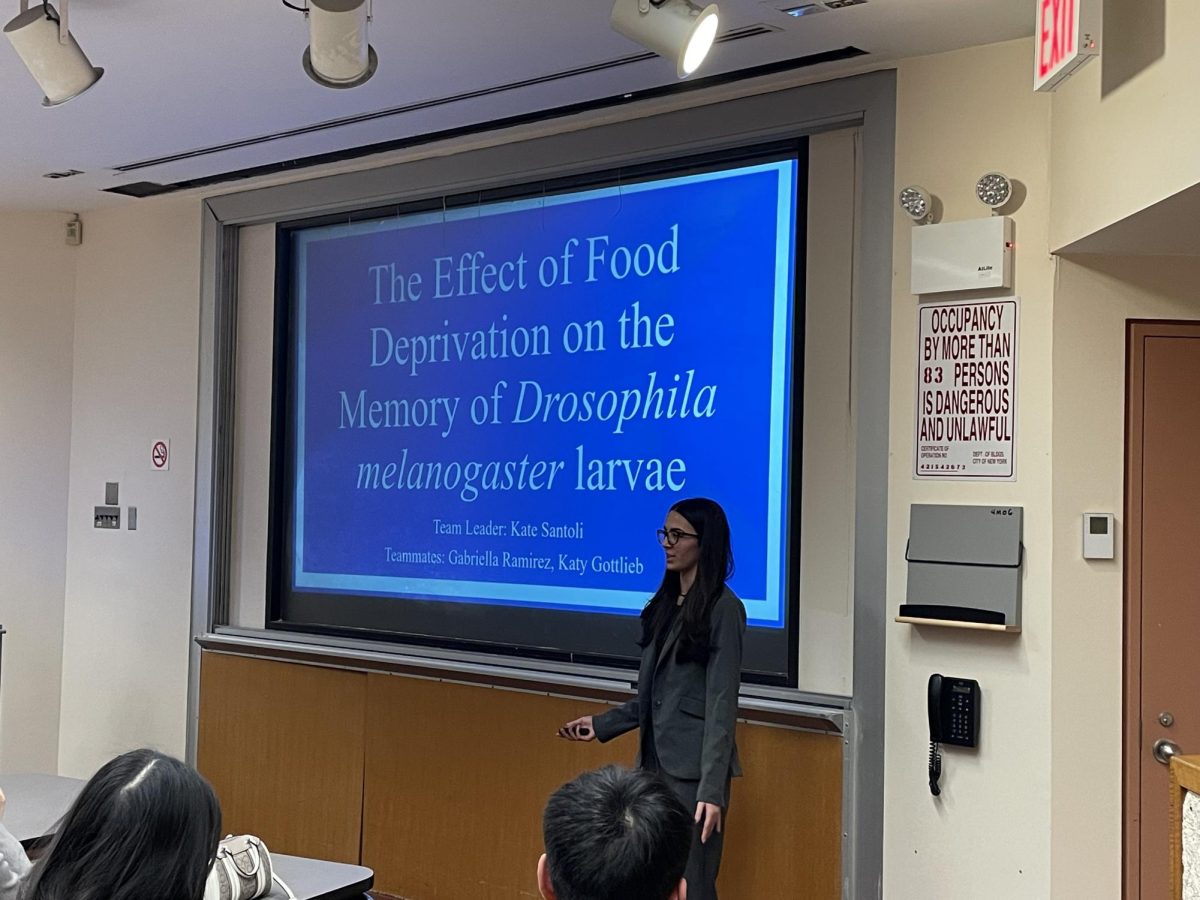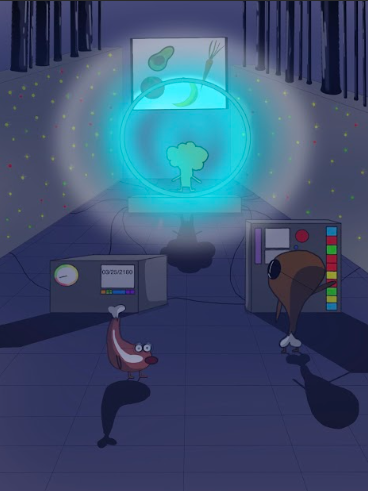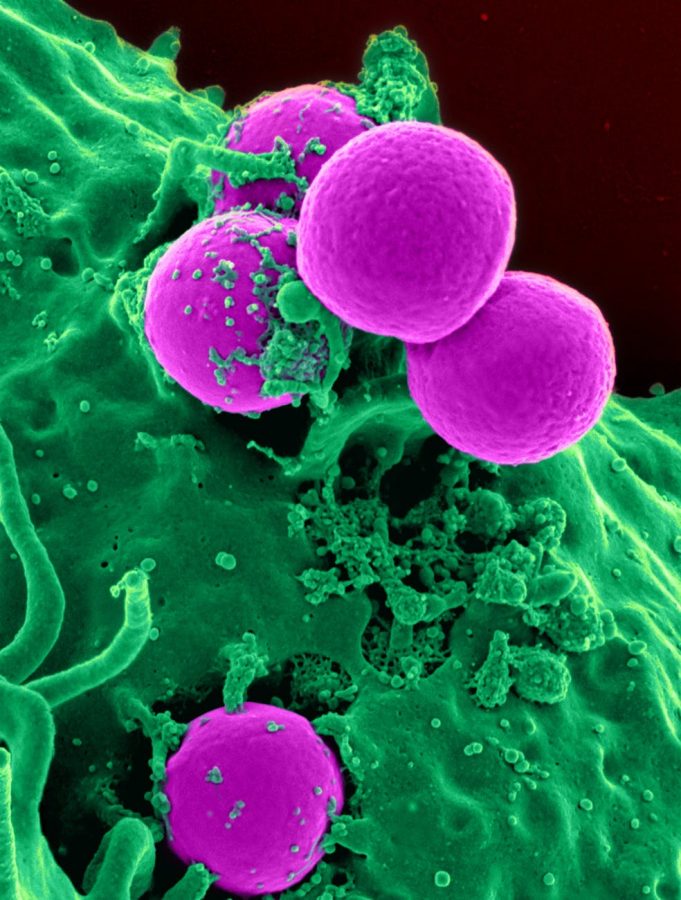Bioterrorism: The Nation’s New Threat
Throughout these uncertain and difficult times, the task of combating the world-threatening coronavirus pandemic has proven to be a challenge for governments of all countries. COVID-19 is currently believed to have been caused through animal contact from a market in Wuhan, China. There is currently no evidence that COVID-19 was made in a lab or engineered, despite some rumors. The coronavirus pandemic has forced the U.S. to learn hard lessons about public health and safety and hopefully will motivate countries to work together in future viral outbreaks. However, this pandemic should open the world’s eyes to something even more terrifying than a global viral outbreak: human-made biological weapons.
Human-made biological weapons would consist of deliberately releasing a pathogen or biotoxin against humans or animals. Global terrorism is already a rapidly growing threat to world security. Bioterrorism poses a new threat to the world – one without the use of weapons or bullets – one that instead uses microorganisms. During the 2017 International Committee of Red Cross (icrc.org), it was stated that “It’s never been easier to develop and use biological weapons…it’s time to take this seriously. Governments need to assess new risks.”
With the recent reactions from countries to epidemics, there is fear to be had when thinking about a possible bioterrorist attack. The local and international response to the latest infectious disease epidemics, such as acute respiratory syndrome and the west African ebola virus, exposed concerning shortcomings when considering the mass population. Bioterrorists may exploit this when intentionally initiating an epidemic. In 2010, the US Commission on the Prevention of Weapons of Mass Destruction Proliferation and Terrorism, chaired by Senators Jim Talent and Bob Graham, reported that “Unfortunately, there is no national plan to coordinate federal, state, and local efforts following a bioterror attack, and the United States lacks the technical and operational capabilities required for an adequate response” (cidrap.umn.edu). Since the anthrax scare after 9/11, the U.S. has spent billions upon billions of dollars on biodefense mechanisms and annual biodefense research. But is it enough to protect U.S. citizens?
Presently, viruses, which attack the DNA and RNA, can be manipulated and weaponized using gene sequencing CRISPR technology. This technology could weaponize anything from smallpox to ebola to the 1918 Spanish flu. AP Biology and Science Research Teacher Charles Vessalico describes how this technology could be used to edit a virus: “CRISPR precisely cuts genes, inserting new ones, and then letting natural DNA repair itself. The system will then guide the RNA to rapidly translate, changing the DNA’s sequence. We could do it in the research lab at the high school.” Bioweapons already have been produced and stockpiled around the world considering how easy this technology makes it to create a new version of a virus.
Unlike the coronavirus pandemic that attacks almost everyone within its path, the next epidemic could be fashioned to target specific groups of people and countries. The United States is seemingly very unprepared for the probable bio attack, and it must invest in more resources to prevent the inevitable.
COVID-19 should be a wake up call for the U.S. to learn that a virus can cause mass devastation among the whole world. The lessons learned from this pandemic should prepare countries for the next novel viral attack. The future consists of something unknown to warfare- not bullets, bloodshed, or bombs. Nuclear weapons are the focal point of mass devastation, yet one tiny microbe could wipe out an entire species or population.

I am a part of the Class of 2022. I am a news online editor and a managing print editor for the features section of Horizon. I am an avid reader and writer.











































